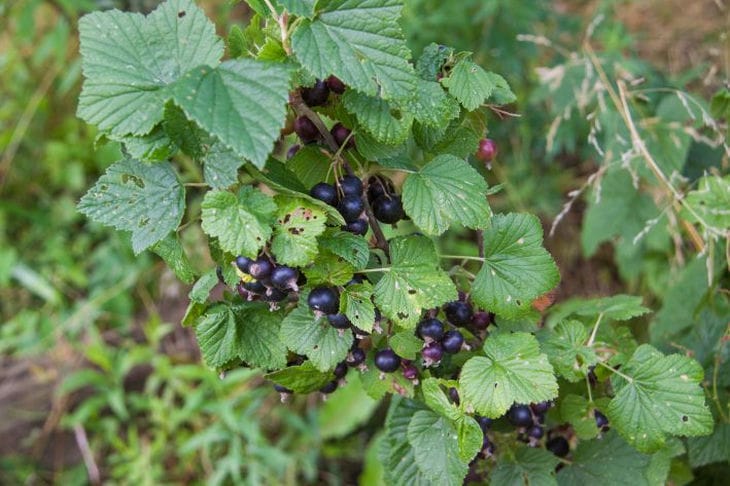Why you shouldn't loosen currants: the enormous harm you cause to the plant
One of the popular jobs among summer residents is loosening the currant bushes.
Many sources advise doing this, arguing that currants like loose soil. But such an event causes great harm to the plant, especially if it is carried out several times per season.
What is the root system of currants?
Currants have a fibrous root system. That is, they do not have a taproot that goes deep. The roots diverge in different directions in a horizontal plane, located close to the soil surface. This is why the bush is so sensitive to a lack of moisture. Its root system simply cannot get water from the deep layers of soil.
The thick root of the plant is covered with a huge number of thin roots, which are responsible for the absorption of water and nutrients. They are very fragile, so they are easily damaged.
Now imagine that a person constantly injures them, trying to loosen the soil. And it is good if this is done with a special device with small teeth and very carefully. But some summer residents dig up the trunk circles of currants with a shovel every spring!

As a result of such “help”, the roots are injured and partially cease to perform their function, which negatively affects the overall development of the bush, fruiting, frost resistance and resistance to diseases.
Yes, currants recover quickly, but you still shouldn’t make their life difficult, even with the best of intentions.
Also, constant loosening leads to rapid drying of the soil under the bush. And lack of moisture causes significant harm to the plant.
How to make soil loose
Currants do grow better in light, breathable soil. But this effect is not achieved by loosening. After loosening, the soil quickly acquires its natural structure, that is, it becomes solid again.
There is a perfect way to solve the problem in all respects. This is mulching. Just lay leaves, straw, dried grass, hay, chopped tree branches and any other organic matter around the bush. In just a year, a small humus layer will form, which will increase in the future.
As a result:
- there is no need for loosening, since the soil under the organic layer automatically becomes loose due to the activity of worms and microorganisms;
- moisture stops evaporating, so the currants will not suffer from a lack of water even in dry weather.
Also, rotting organic matter is ideal nutrition for plants, because it is inherent in nature. In 2 years, you will be able to completely abandon additional fertilizing.
